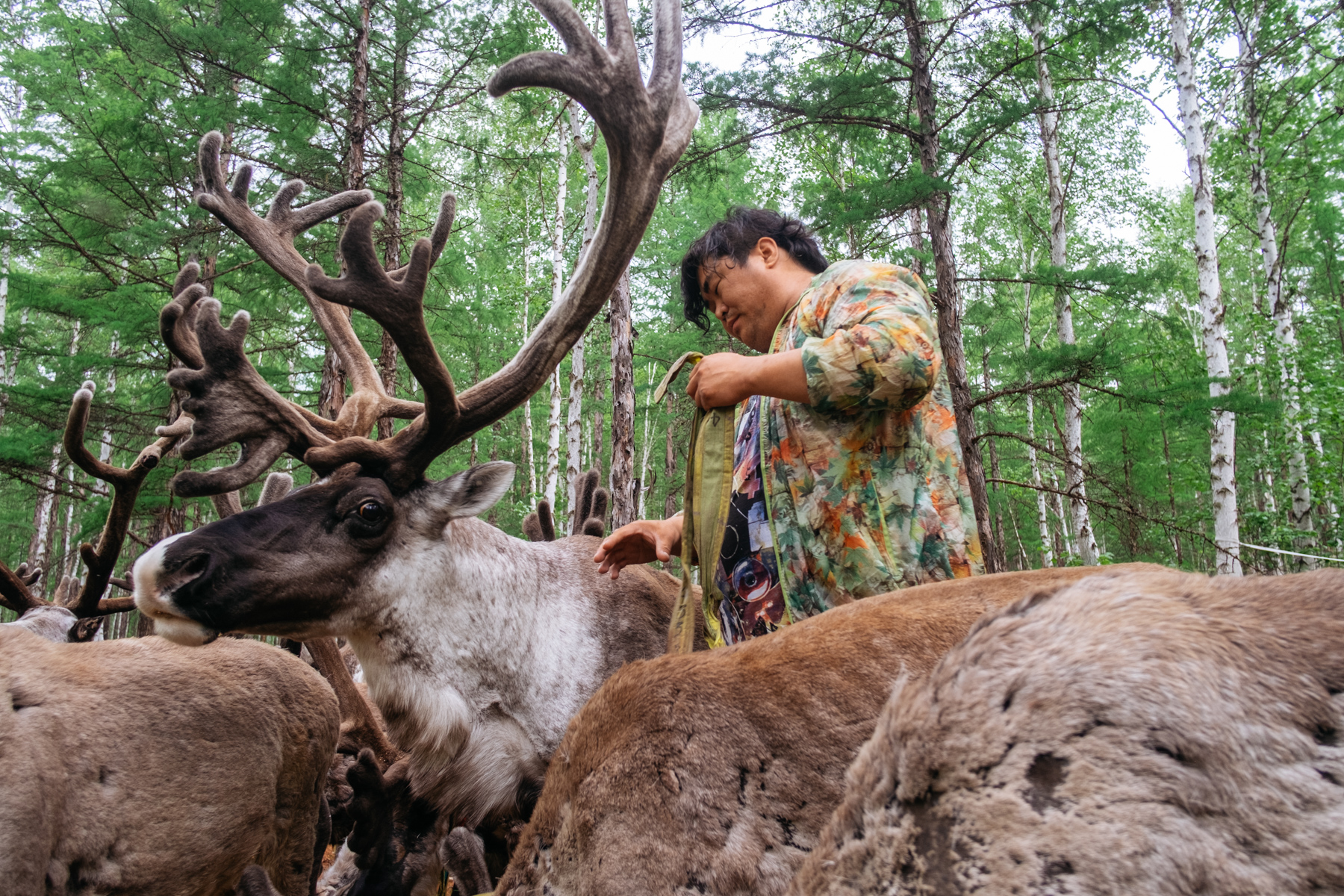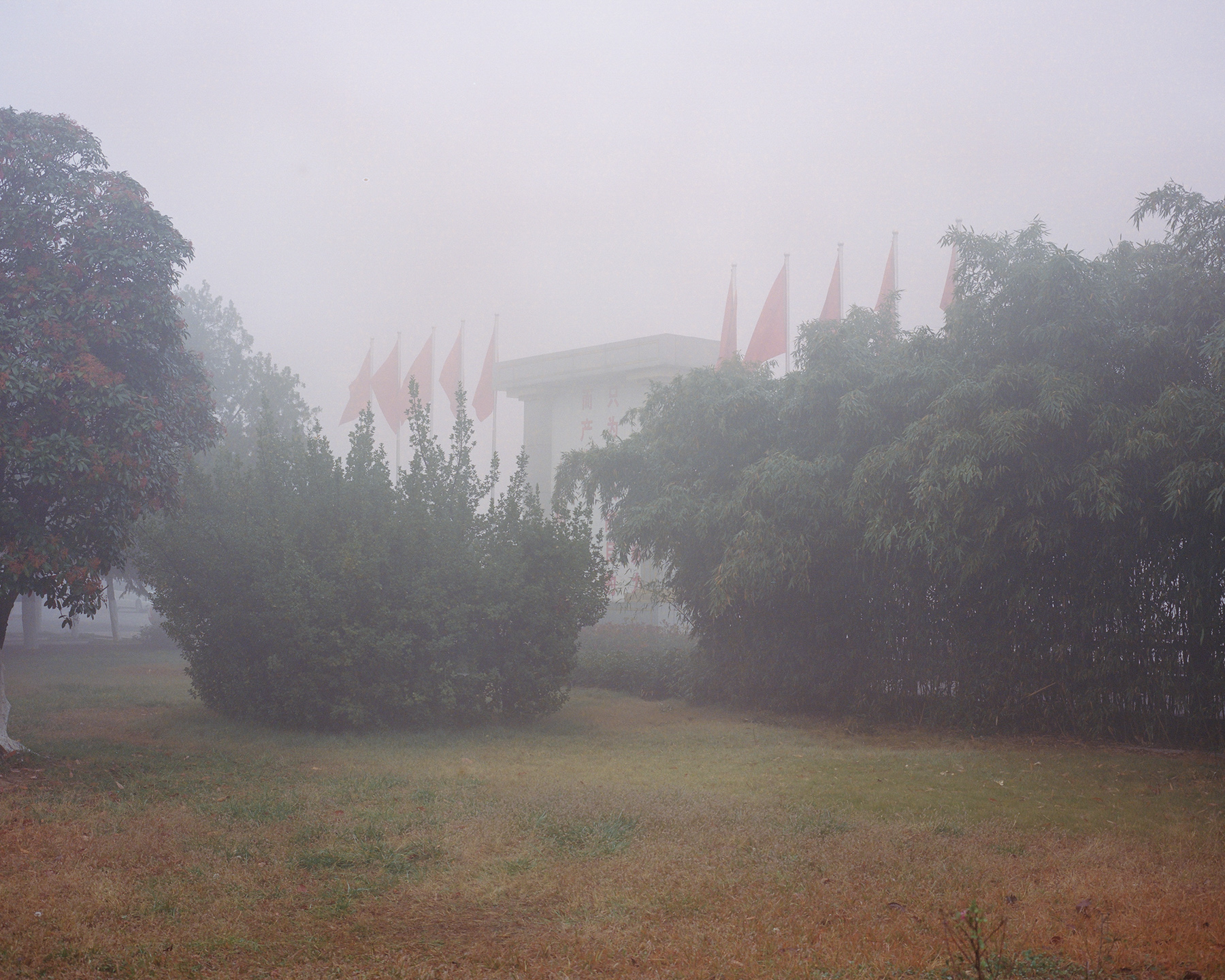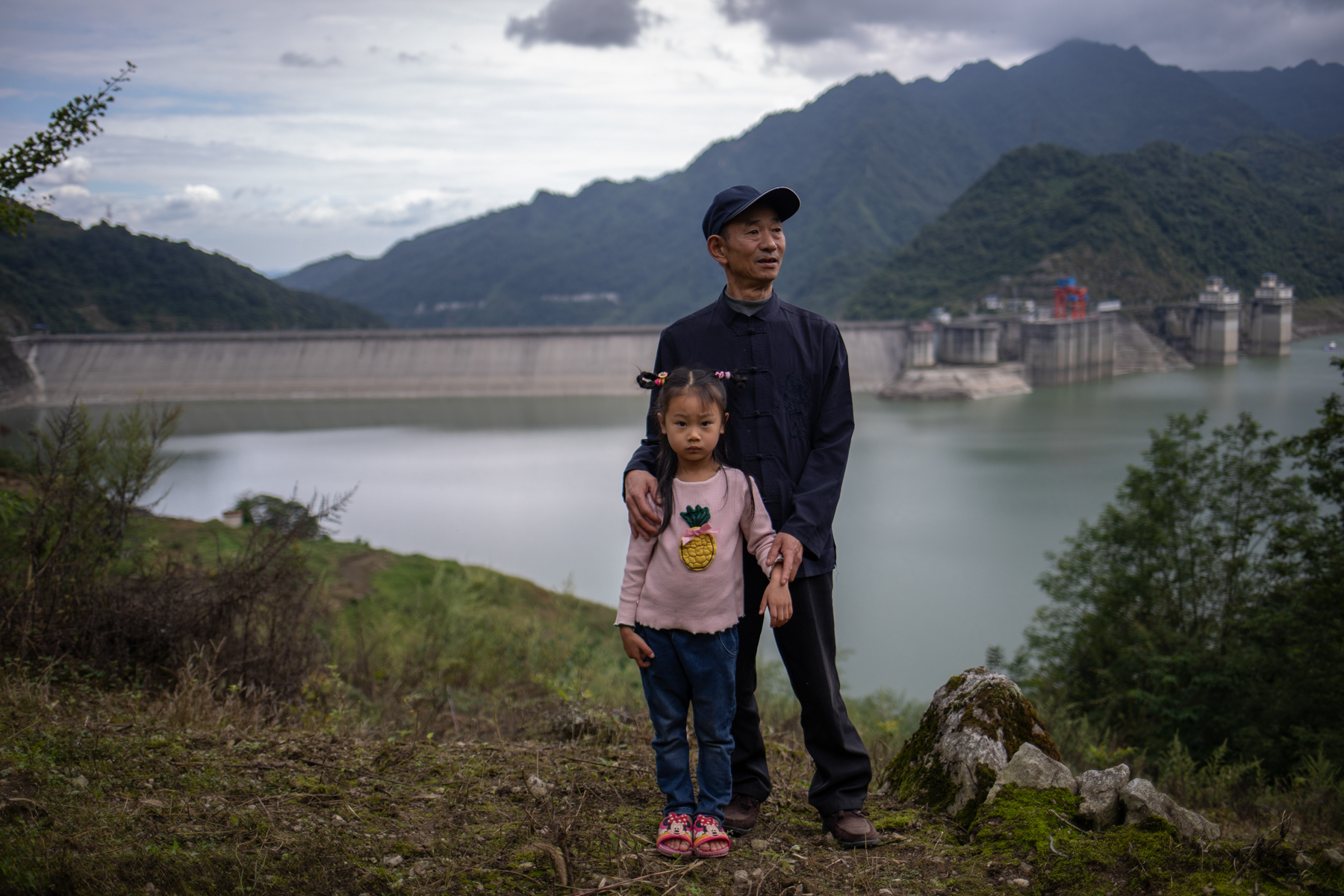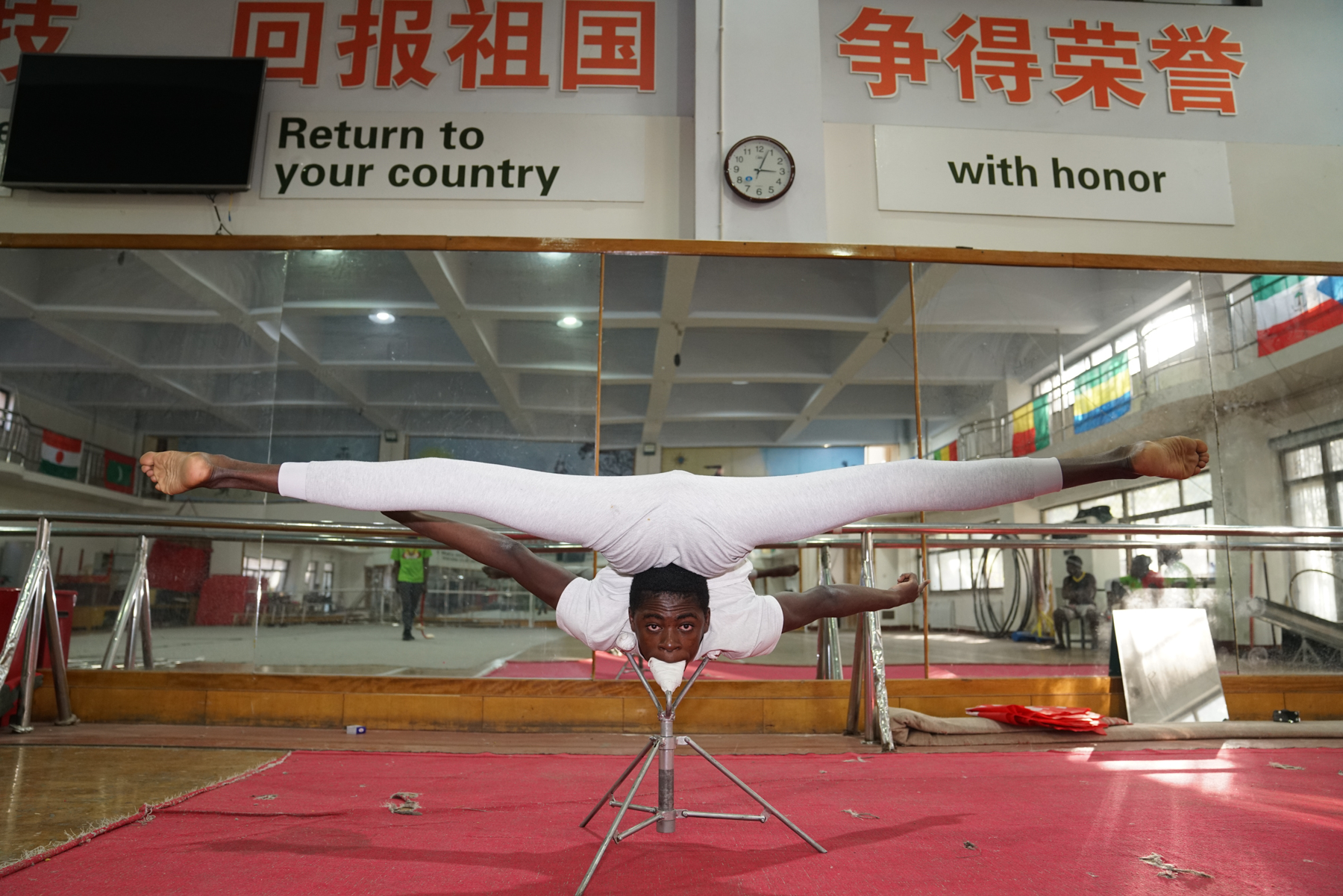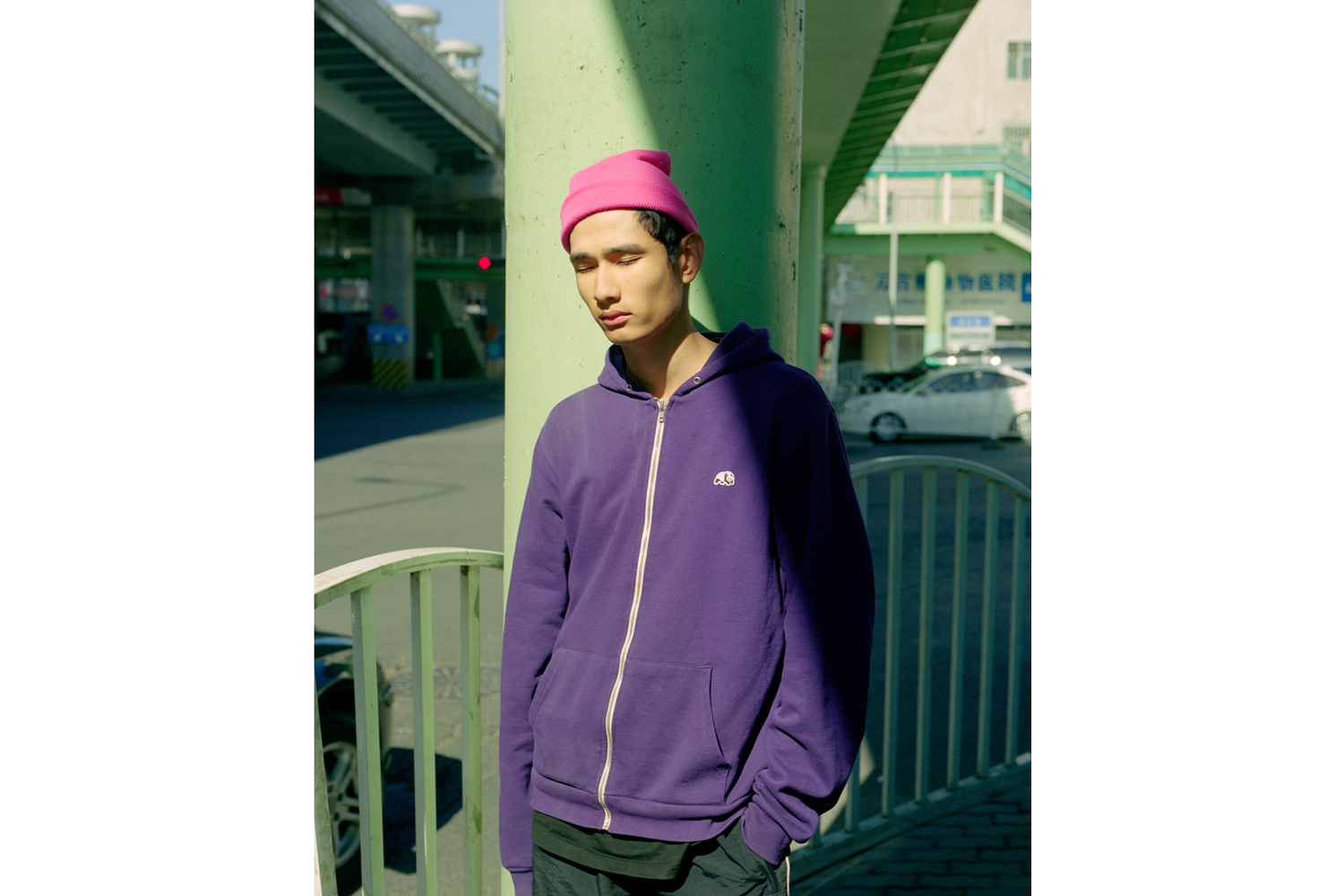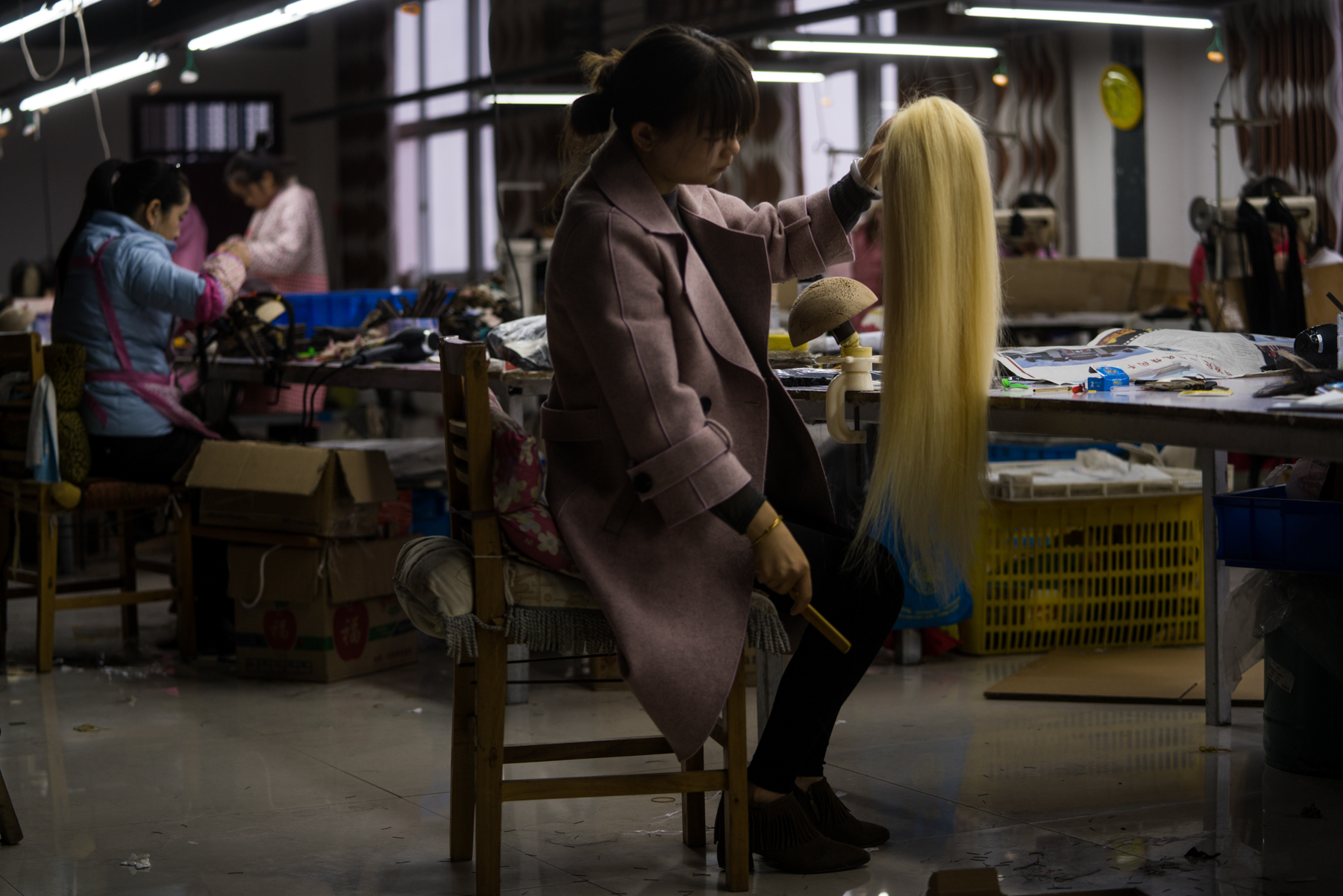If the stories in this edition of Depth of Field share a common thread—apart from their distinguished photographic storytelling—it’s their interest in the flux and churn of life in China in 2019, where nothing seems fixed and pressure of constant movement reshapes the contours of institutions and of individual lives.
The Evenki (or Ewenki) are an ethnic minority who traditionally lived in the forests of Inner Mongolia. They were seminomadic hunter-gatherers and earned a living by raising reindeer and harvesting their antlers, which are often used in Chinese medicine and can sell for U.S.$700 per kilogram. Since the 1950s, the Chinese government has launched several resettlement campaigns to relocate Evenki in an attempt to “modernize” the group, according to Sixth Tone. They were given free housing in close proximity to urban areas, an attempt to help them gain access to the market economy. But the effort has disrupted traditional ways of life, particularly by separating herders from their reindeer, animals of cultural and religious importance to the Evenki. Photographer Wu Huiyuan followed some of the remaining Evenki who continue to herd reindeer both to carry on the tradition and as a tourist attraction.
China has spent the last four decades liberalizing its economy. But in the country’s remaining collectivized villages, nostalgia for yesteryear is strong. Sixth Tone multimedia journalist Shi Yangkun spent several months, beginning in March 2018, traveling to several of these villages where the local government owns and operates a corporation that the residents work for, and the profits from the corporation are directed back into the village. An accompanying piece by Sixth Tone explores the way these villages mix capitalism and active government redistribution.
The more than 87,000 dams China has built have displaced 23 million people. There’s no shortage of reporting on the construction of hydropower stations and how people have been forced to move away from their homes. However, rarely do we see follow-up stories about the people who have been affected by damming. Photographer Li Junhui met some of these families in Sichuan and Yunnan, and made this series of portraits.
Since 2002, students have been arriving from across Africa to study acrobatics by invitation of the Chinese Ministry of Culture. While the popularity of acrobatics as a career has waned among youth in China, it’s still considered a decent and well-paid job in many African countries. Photographer Cai Liying documents a group of African students at the Wuqiao International Acrobatics Art School, in Hebei province, and their journeys to learn how to bend their bodies—and minds—to adapt to Chinese culture and language.
The Rap of China, a reality-TV competition, has garnered wide viewership in China since it first aired in 2017. The second season featured four contestants from Xinjiang, whom the audience dubbed the “Four Brothers of Tianshan.” Three of them are Uighur. Aire, from Kashgar, and Nawukere, from Urumqi, eventually went on to secure first and second place. Their success came against the backdrop of the Chinese government’s increasing repression of Muslim minorities in Xinjiang. An estimated one million Uighurs have been or are currently held in “re-education” camps, where they must renounce their Islamic beliefs. After watching The Rap of China, photographer Zhu Mo visited Xinjiang to tell stories about young Uighurs’ passion for hip hop and their struggles to enter the national stage.
China is one of the biggest exporters of human hair in the world. Xuchang, in Henan province, is often called the “City of Wigs,” a longtime center of the hairpiece industry. High-quality human hair, which locals refer to as “black gold,” is getting harder and harder to find, as more and more people dye or perm their hair in China. But Xuchang’s wig producers hope to break into international markets such as Africa and Europe with e-commerce.




